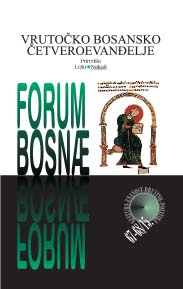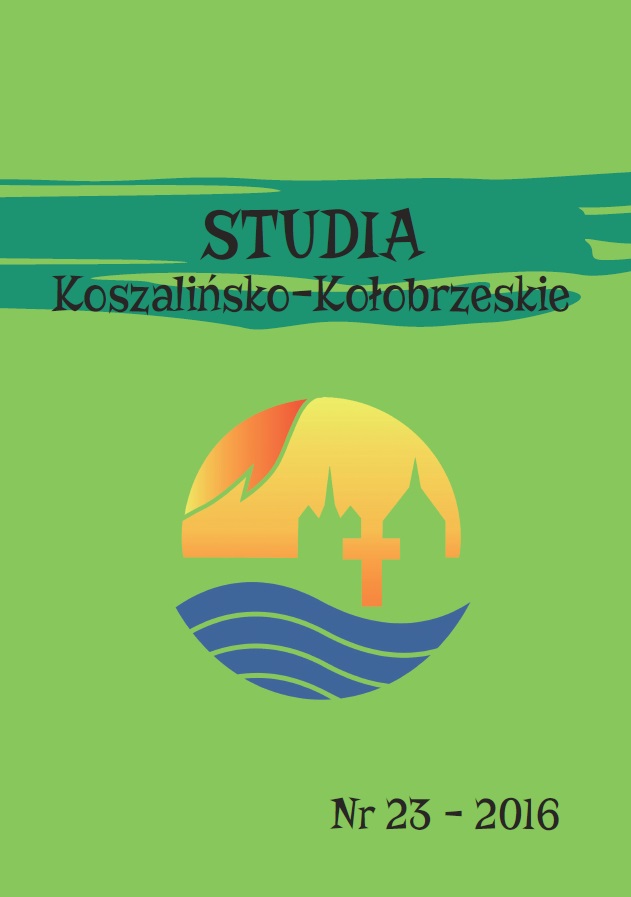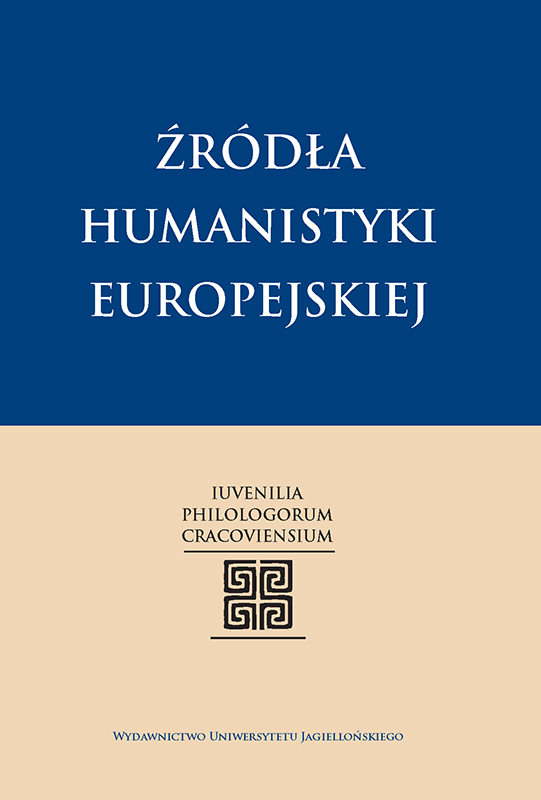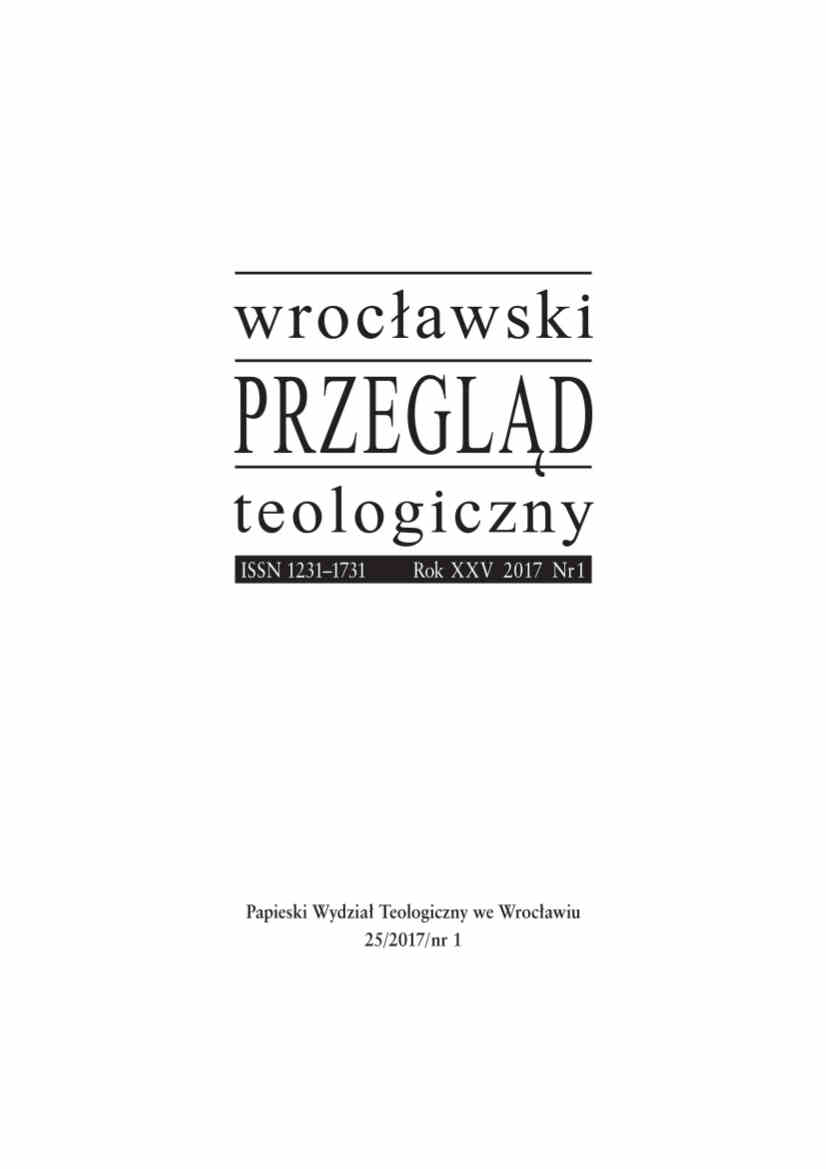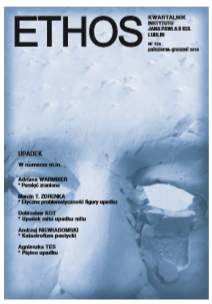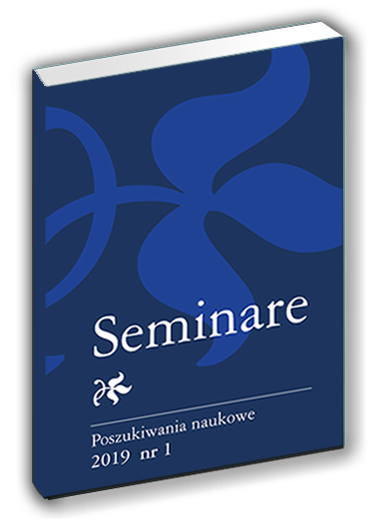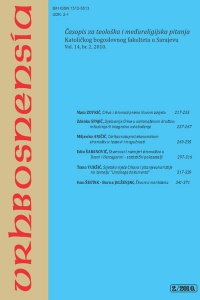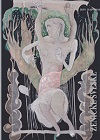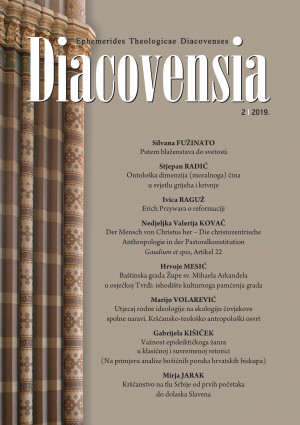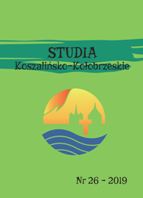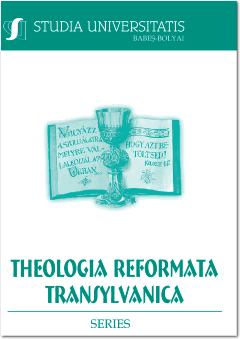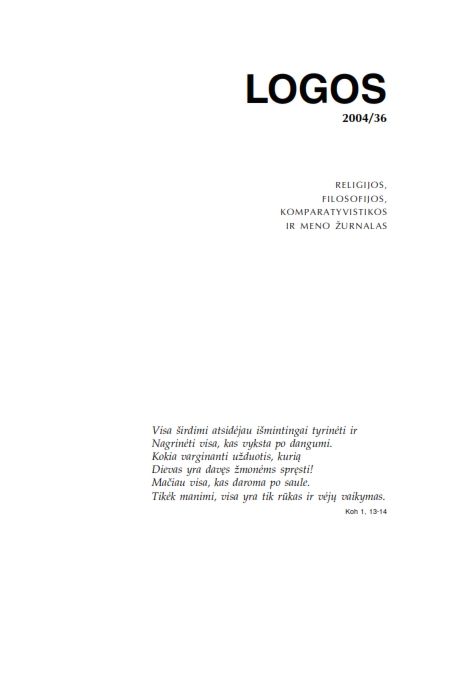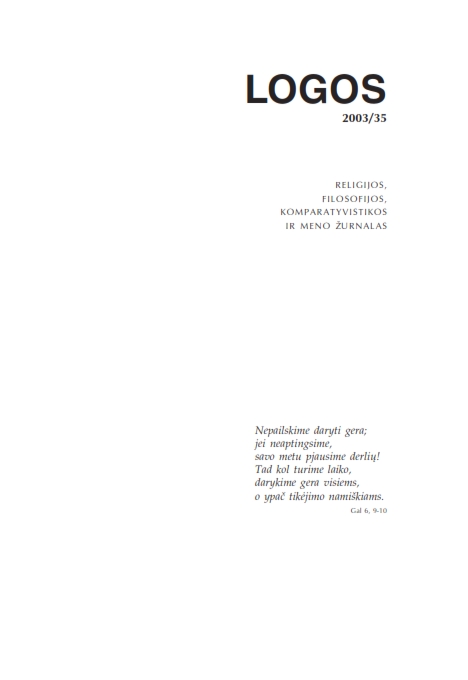Author(s): Agnieszka Tes / Language(s): Polish
Issue: 4/2018
Anselm Kiefer has been present on the international art scene for decades. He is ranked among the most outstanding contemporary artists. The significance of his art springs from both the variety and importance of the subjects he treats, in particular the question of the Holocaust, and the diversity of artistic media and originality of formal solutions he employs. His erudite oeuvre derives from German and world history, culture, Bible, Kabbalah, mythology, legends, literature, philosophy, and theories of science. The formula of my article was inspired by the observations on Kiefer’s art articulated in a monograph by Daniel Arasse. I apply elements of analytical and hermeneutic methods to indicate the numerous contexts in which the motif of ‘fall’ appears in Kiefer’s art. I also point to the possibility of various interpretations of this motif. I examine general, formal qualities of Kiefer’s oeuvre and analyze some chosen artworks he authored, e.g., Fallen Pictures, Icarus, Resurrexit, Winter Forest, The Breaking of the Vessels, and Starfall. The motif that comes to the fore in Kiefer’s art is primarily that of the Holocaust and of the possibility of representation ‘after Auschwitz.’ Referring to particular works of the artist, I highlight the issue of the continuation of the myth in the present in his art in order to show how the works in question derive from the antique, biblical and kabalistic traditions, simultaneously connecting these traditions to the drama of the history of the 20th century. By reference to Kiefer’s artworks already analyzed in Polish literature, as well as to those less known, I indicate the complexity of their inspiration and message, as well as the evolution of Anselm Kiefer’s artistic attitude observed during his career.
More...
